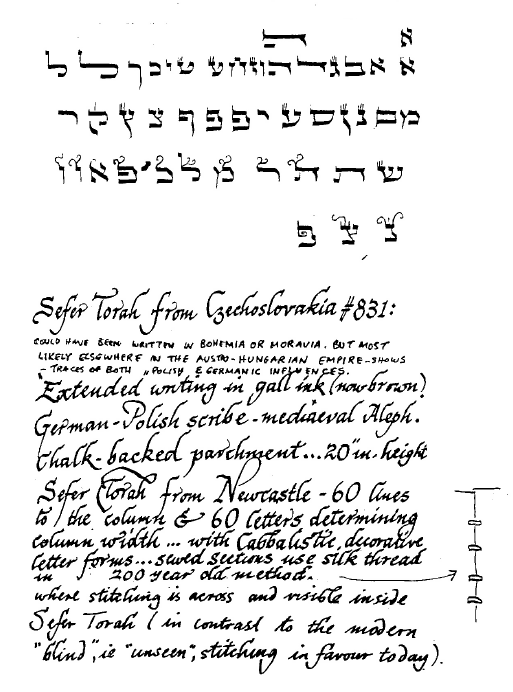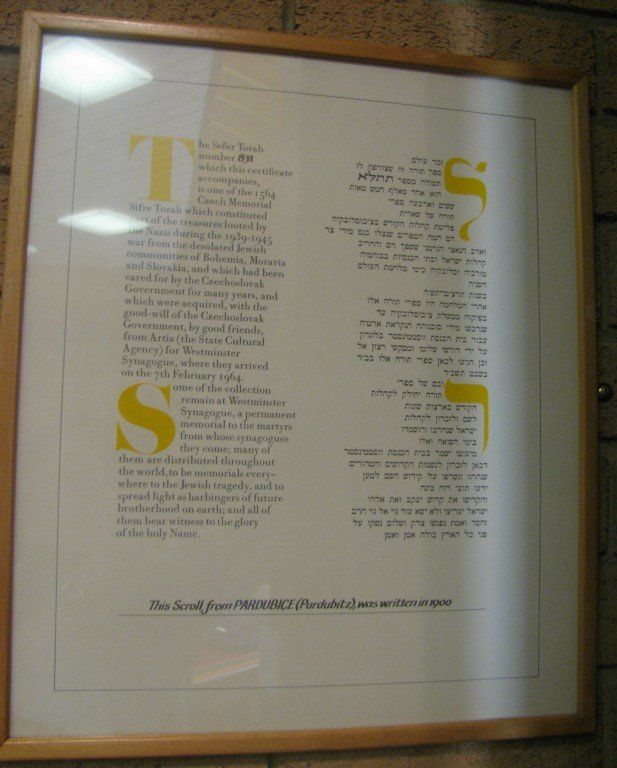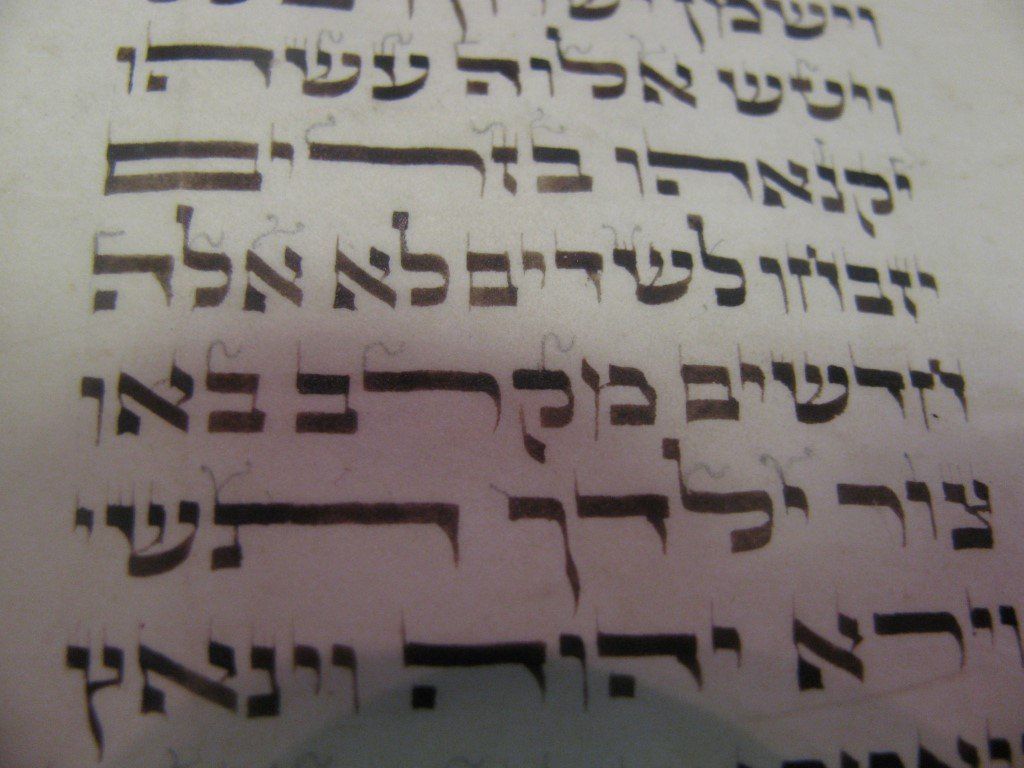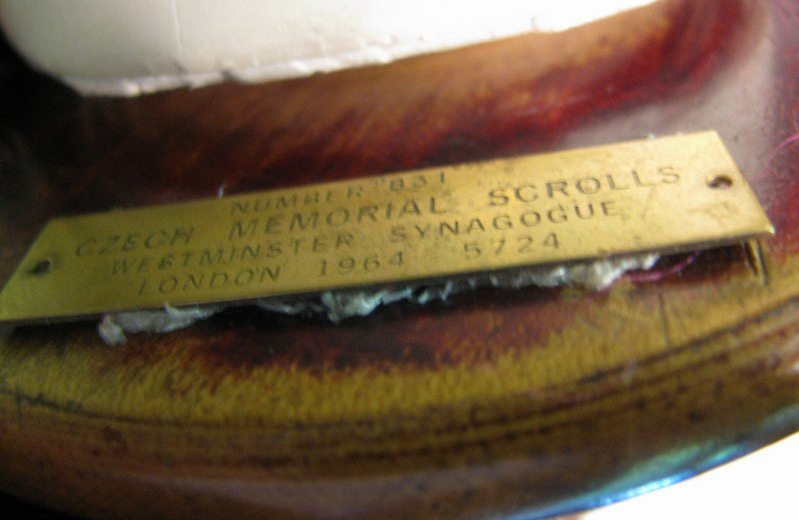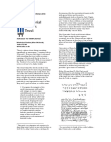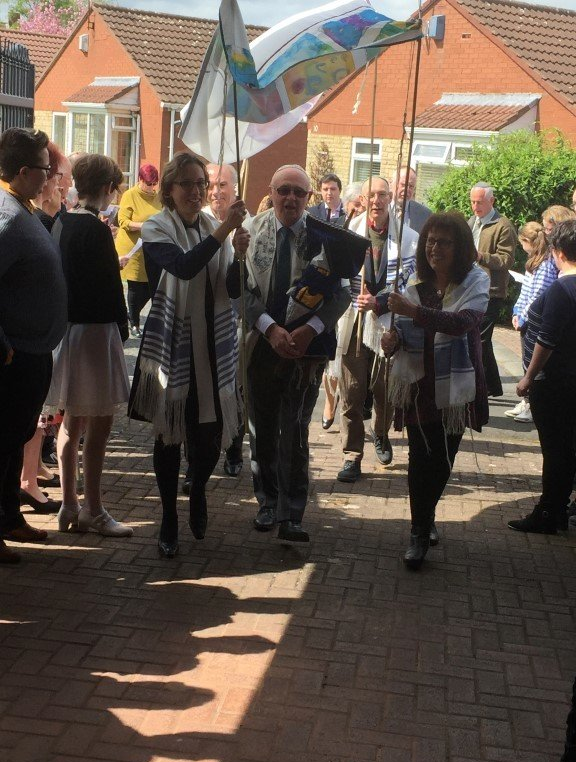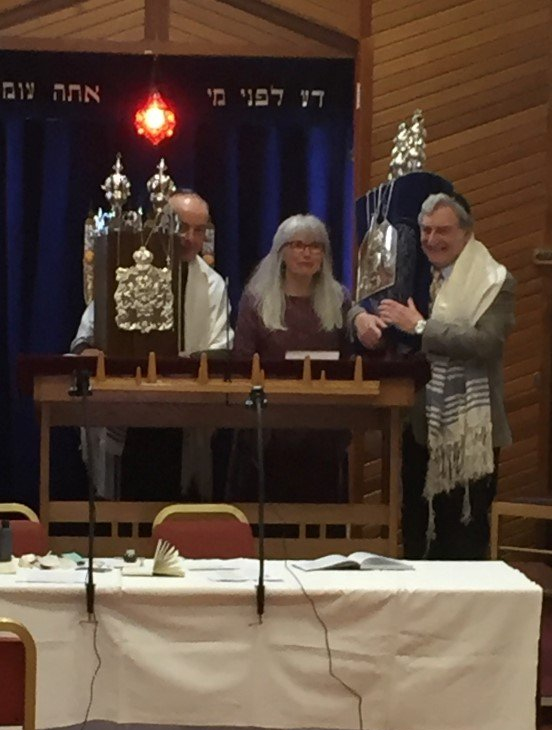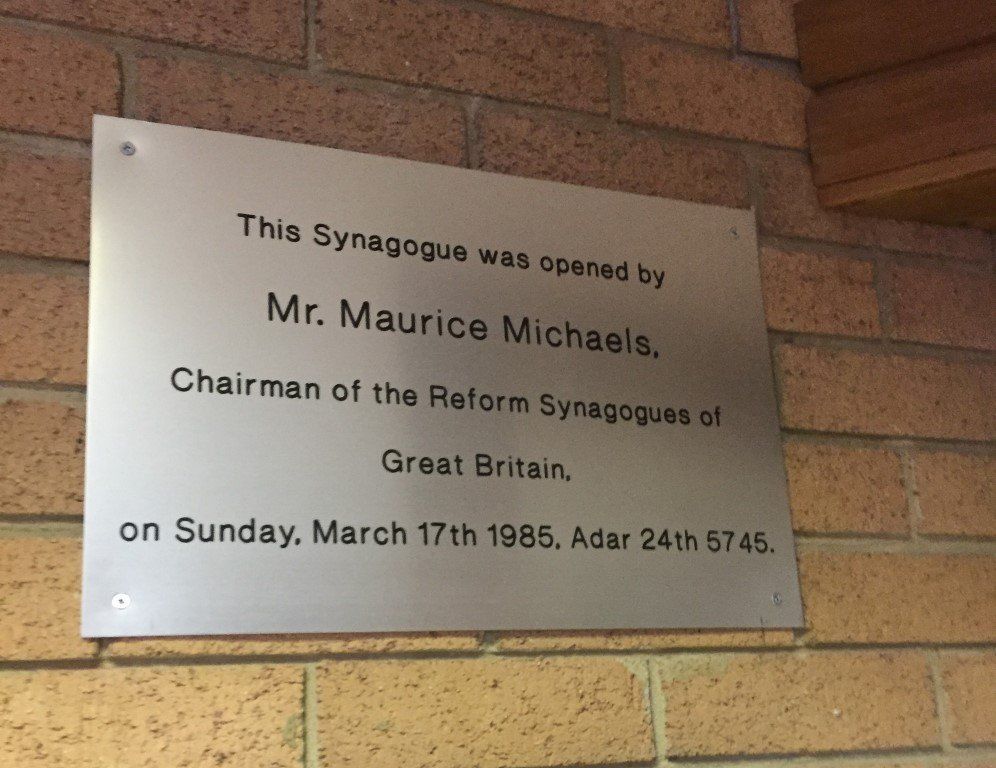There's a phrase about doing something superfluous or unnecessary - 'carrying coals to Newcastle'. However this diary is concerned with something that was totally necessary - repairing a Czech scroll that is on loan to a synagogue in Newcastle. Well, it is necessary if the Torah
is to be read in the synagogue service as it has to be kasher
(valid).
The story behind the Czech scrolls is very special indeed and I've discussed this in a previous diary but also can be found in much more detail at the Czech Memorial Scrolls Trust
website
and in a number of books. I'm one of the few scribes authorised to work on these very special scrolls and indeed helped them compile the rules for scribes who do work on them. One rule (number 3) in particular is very important in respect of this diary and I quote it below as a scribe must:
3. Recognise the integrity of the scroll is paramount, will neither add, change or remove signs, embellishments or any visual style (based on
midrash or not), to or from the scroll. Every effort will be used to maintain the integrity of the scroll, keeping the same writing style, ink colour and thickness, stitching etc. Also they accept the purity of the ancient script which at times may seem to conflict with the current halachic standard of scribing, as many of these scrolls were written prior to the the strictness of
halachah today.
As someone who has encountered many scrolls with special letters and decorative embellishments (such as found in
Sefer Tagin), some of which are generally accepted but many not (see the section on
oddities
and visual
midrash), I'm very keen to ensure that these variant traditions are preserved and many very strict scribes will sadly 'correct' them.
The Newcastle Czech scroll doesn't follow Sefer Tagin,
except for three separate occasions, one in the Shema
and two right at the end. However it does have a few sections where is has some odd embellishments on the letters. I was aware of these before I got to work on restoring the scroll as my teacher's teacher Dr. Eric Ray z"l
had encountered and written about this scroll previously which he had shared with me. So when I finally checked through the scroll to prepare a restoration report, I got to see them in real life. It is always very special when I get to work on a scroll that Eric or my teacher Vivian Solomon z"l
had examined or worked on previously as it provides a great sense of continuity.
Below: Excerpt from Dr. Eric Ray's special handwritten notes and drawings of the lettering and their embellishments © Eric Ray. Towards the end of the diary you can see photos of the actual text from the Torah to compare. Also below: the certificate displayed at Newcastle concerning Czech scroll no. 831. Photo © Mordechai Pinchas.


